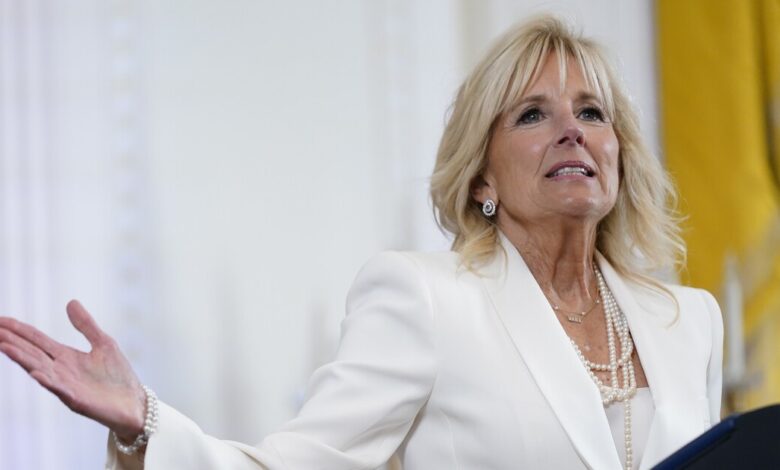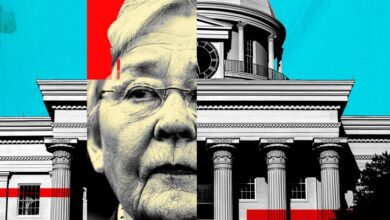Covid Relief Money Helped Almost 2/3 of Students Stay in College, U.S. Says

[ad_1]
Covid-emergency-relief funding has kept millions of students enrolled in college over the past two years, according to a report released on Wednesday. But that extra federal support for higher education is set to run out in a few months, leaving colleges to make tough decisions about what they can afford to keep doing.
According to the report, released by the U.S. Department of Education, over 18 million college students have received direct financial aid through three separate relief measures passed by Congress, a $76-billion windfall aimed at getting colleges and students through the financial fallout of the pandemic. The aid is often referred to collectively as Heerf funding, referencing the Higher Education Emergency Relief Act of 2021.
Students deserve the chance to keep going.
Colleges have used the money to alleviate economic burdens for students, such as clearing unpaid balances that were preventing them from registering for classes or getting their transcripts, and for institutional operations, such as lost revenue from disruptions to residential life and athletics. Colleges also used the money to pay for more campus counselors and other mental-health resources.
Federal aid for students is “what made it possible to stay enrolled and on track during the pandemic,” Miguel A. Cardona, the education secretary, said during a Wednesday press call.
Colleges were required to spend about half of their federal relief money on student aid. That funding could be used toward any aspect of a student’s cost of attendance or emergency costs related to the pandemic, such as tuition, food, housing, health care or child care.
According to the report, $19.5 billion in grants was distributed to 12.7 million students in 2021 alone through federal Covid aid. About 19.4 million students were enrolled in college in the fall of 2020, according to the Education Department — suggesting that the aid reached roughly two-thirds of all students enrolled in college in 2021.
That year money reached eight million students at minority-serving institutions; almost six million community-college students; 450,000 students at historically Black colleges; and 24,000 students at tribal colleges. (A detailed breakdown of colleges’ spending wasn’t yet available for 2022.)
First Lady Jill Biden, who teaches at Northern Virginia Community College, emphasized the important role that federal funding played in supporting community-college students in particular. “Students deserve the chance to keep going, and we cannot afford to lose their skills and talents,” Biden said.
Colleges used $13 billion in 2021 to cover lost institutional spending — mostly reduced tuition revenue from enrollment declines and lower revenue from housing and dining services, which were shut down or scaled back during the height of the pandemic. Seventy-seven percent of community colleges said federal relief helped them continue programs that were at risk of discontinuation.
To date, institutions have spent over 90 percent of their Heerf funds, which must be used by July. Administrators are now having to determine which new policies, programs, and staff positions will persist after that.
At some campuses, the bottom line is at risk: For more than one-third of colleges, Covid-relief funding accounted for over 4 percent, or millions of dollars in
adjusted operating revenue in the 2021 fiscal year, according to a report by S&P Global Ratings.
[ad_2]
Source link






